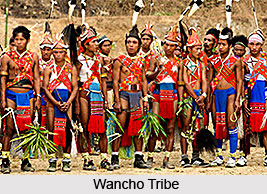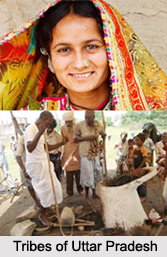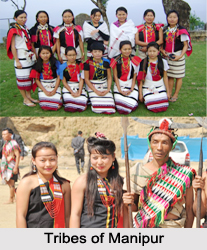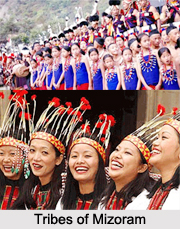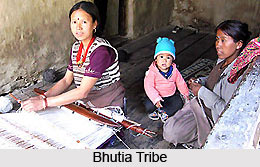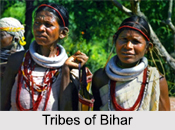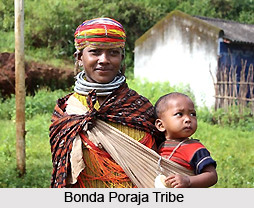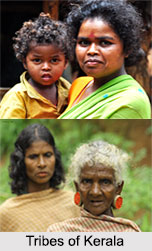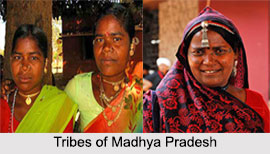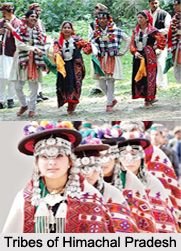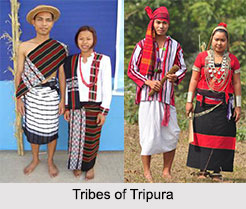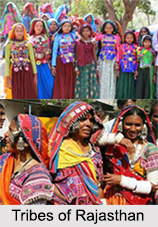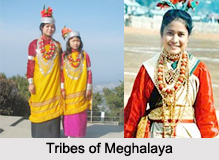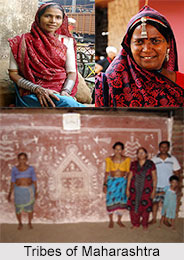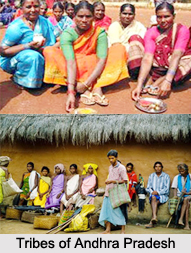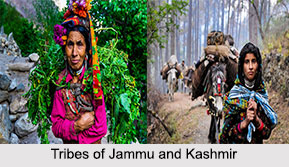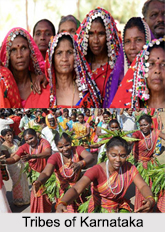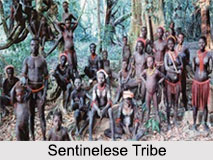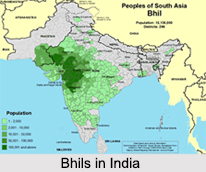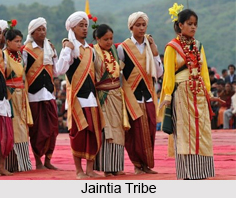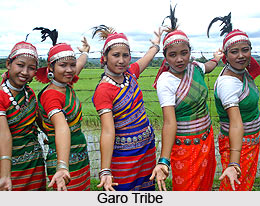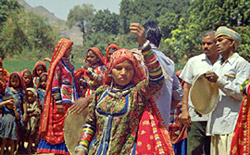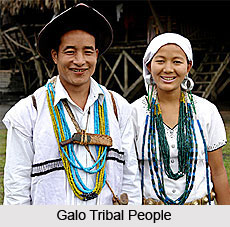 The Gallong tribes are mainly found in the Siang Frontier Division of the North-East Frontier of India. They are mainly concentrated in the west with the Subansiri River and extend upto the Sido River. Almost all the Gallong villages are homogeneous in population. They occupy a larger area as compared to other tribes in the district. The Gallong tribe consists of several groups which include the Korga, Karka, Bogum, Tator-Tani, Iaktu and Lodu.
The Gallong tribes are mainly found in the Siang Frontier Division of the North-East Frontier of India. They are mainly concentrated in the west with the Subansiri River and extend upto the Sido River. Almost all the Gallong villages are homogeneous in population. They occupy a larger area as compared to other tribes in the district. The Gallong tribe consists of several groups which include the Korga, Karka, Bogum, Tator-Tani, Iaktu and Lodu.
Origin of Gallong Tribe
The ancestors of the Gallong lived in the Tibetan region and on the fringes of the Indo-Tibetan frontier. They migrated to the lower areas and established permanent settlements. The Gallongs are of Mongoloid stock. It is also believed that the Gallongs have descended from Sisi-the earth mother. After few generations the whole tribe was divided based on genealogies into a number of sub-tribes.
Language of Gallong Tribe
The language spoken by the Gallong tribe confirms to the general characteristics of the Adi language which belongs to the Tibeto-Burman languages. Each group speaks different dialect which is characterised by some phonetic peculiarities. The Gallongs who reside in the foot hills speak Assamese language and Hindi language.
Domestic Life of Gallong Tribe
The Gallong prefers to live on the high spurs of hills which are uneven and undulating land. The high spurs are healthy and free from flies. The houses are raised on struts of bamboo or wood. The floor and the walls are made of split bamboos. The roof is thatched with leaves or straw. There are no windows in their houses.
Village Granary of Gallong Tribe
The Gallong tribes construct a granary which is a little distant from the cluster of the houses. It is meant for keeping grain safely. It is almost square or rectangular in shape. The ground which is below the floor of the granary is used for keeping fire wood. The wife is responsible for bringing grains from granary every day. They believe that it is protected by the benevolent spirits living in the granary.
Occupation of of Gallong Tribe
The Gallongs are expert in making different kinds of baskets. Conical basket is a special item. It is strong and water proof. The basketry is associated with their cane and bamboo work that requires a great deal of knowledge and experience.
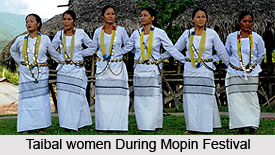 The Gallong are also good at weaving. Articles are prepared from the hides of domestic and wild animals. Out of this skin bags, pounches, sheaths are prepared.
The Gallong are also good at weaving. Articles are prepared from the hides of domestic and wild animals. Out of this skin bags, pounches, sheaths are prepared.
Gallongs are expert in hunting big and small animals and birds. They perform hunting expedition to fulfil their needs. Hunting is more of relaxation and pastime than a regular economic activity. Agriculture is the main occupation for getting food. Land is cultivated through shifting cultivation. Shifting cultivation is a primitive type of agriculture. It requires a great deal of labour and hard work so a major portion of their time is devoted to the agricultural activities. In this cultivation they grow paddy, maize, millet, chilly and sweet potatoes are grown. The yield is quite good and sometime they get bumper crops.
Social Life of Gallong Tribe
Family is the basic unit of the community and father is the head of the family. The family is polyandrous basically. Joint family is common in which father and his wife, his married sons with their wives, his married daughters till they become the mother of children, his unmarried sons and unmarried daughters live together. The property is also jointly owned and all the produce of the land is also stored jointly. The Gallong is pure naturalist and image-worship is not found among them. The society of Gallong tribe is patriarchal with strong clan organizational system.
Political Life of Gallong Tribe
The Gallong society is characterized by three tiers of Political administration-
(i) The Kebang (The village council) - Kebang runs under the control of elder persons of the village. It has both executive and judicial powers. All cases arising in the village are brought before this council.
(ii) The Bango (The Inter-village council) - It is inter-village council. It runs under the in charge of the secretary. All the Head Gams of the village concerned and few other elders function as its members.
(iii) The Bogum Bokang (The Divisional council) - It is the biggest superimposed unit. Its meeting is held occasionally for the welfare of the entire population and to dispose of the Inter-Bango disputes.
Mopin is the main festival of the Gallong tribe and is celebrated in the month of April for prosperity and wealth. Animals are sacrificed and feasts are organized. The celebration of this festival lasts for four to five days. Popir is the most popular dance of this tribe performed by the female members of the tribe with a lead singer.
